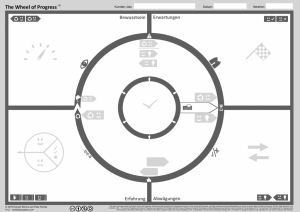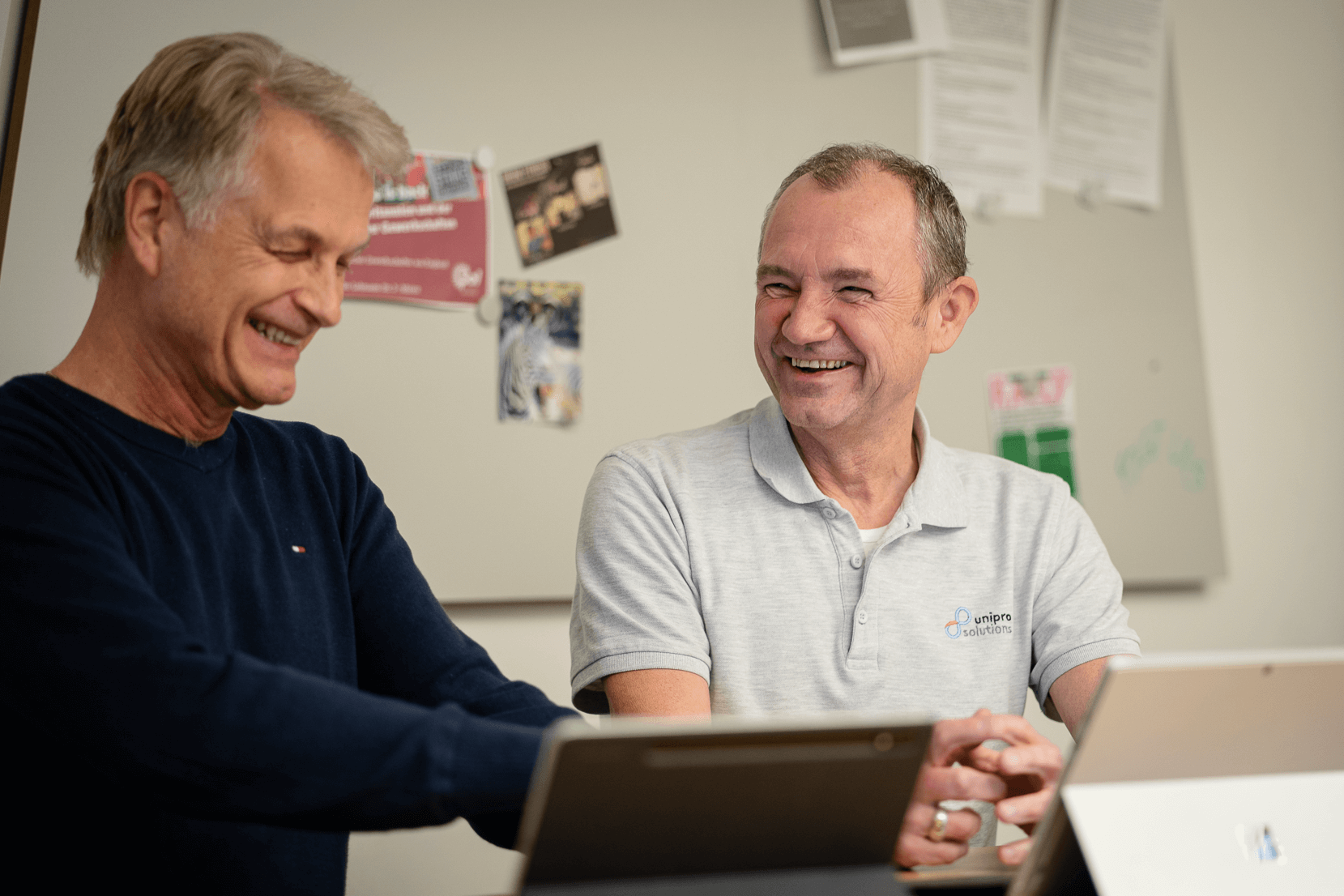FAQ
Frequently asked questions.
Method and Audiences
Customer Progress Design (CPD) is our term for a customer-centric cross-functional strategic planning method. Its purpose is to recognize the need for progress from a customer's perspective and to meet it in the best possible way. Unlike what is usually the case today, this view of the customer is not department- or function-specific . CPD is about getting to know the need for better execution of certain tasks (so-called customer jobs) and to think about new possible solutions .
At the foundation of CPD is an integrated process that merges the results of customer research with the design of marketing and product ideas. It also offers a 360-degree view of the cycle of the progress of people. In every phase of his cycle, the customer can be helped to get closer to their goal of making progress.
CPD combines all market-side corporate functions, such as customer research, marketing, sales, product and service management.
Customers replace their existing solutions with a new product only when they are convinced that it will provide them with progress.
They only “hire” it when the forces towards a new solution are greater than those holding them back. Events change the balance of power. Circumstances limit the possible solutions
Our method is primarily useful for those who have the task of finding out "what the customer wants " and translating this into strategy. These functions are typically located in the following departments:
- Strategy Development
- Product Management
- Customer Research
- UX
- Innovation Management
- Marketing
- Sales
- Management gets clarity as to which customer jobs a company should “apply” for. This is typically the first strategic question to be answered.
- Marketing can draw insights from the canvas in order to develop campaigns that pick up customers precisely where they are open to a new solution. That means drastically less wastage and significantly higher conversion rates .
- Sales learns which objections customers typically have and which compromises they are typically willing to accept.
- Product Management recognizes which underserved customer jobs exist and under which circumstances customers are trying to make progress in life.
Our method consists of two parts:
In the first part, the project scope will be defined, interviewees recruited, and customer interviews carried out, evaluated, summarized and assessed. During the interviews, the hiring of new solutions will be examined in order to learn how the interviewee intended to make progress and what potential exists for further progress.
In the second part, the evaluated data is used in a canvas to generate ideas for new value propositions, marketing and sales measures in each phase of the buying process to help the customer to move further and ultimately to make the desired progress.
The Wheel of Progress is a canvas that enables you to capture the struggle for progress. It enables you to gain insights related to the customer jobs and to the related pains and gains. It further helps you to conduct and evaluate customer interviews in a structured manner.

The name “The Wheel of Progress” resulted from the development of this canvas. The aim of the development work was to bring together the essential factors that make up progress. In the course of development, it became increasingly clear that progress can really only be represented meaningfully as a cycle, since it happens in cycles, like a wheel that keeps turning at certain intervals
The outer ring can be thought of as a tire profile that brings the forces of progress inside the tire onto the road. The circle inside resembles the axis. The less this is lubricated, the harder the wheel turns, like the restrictions that make it difficult for people to make progress. With solutions that take the “limiting context” into account, we can undo the restrictions and the wheel of progress continues to turn.
There are two reasons for this. First, we know that your primary objective is to make better product and marketing-specific decisions. Training without a specific project would not be sufficient in meeting this goal.
Secondly, even if you learn the method, it takes practice to use it effectively. Only a project under supervision gives you the opportunity to effectively apply and deepen what you have learned.
Success with this method requires not only theoretical knowledge, but above all learning how to apply it in practice. Fast and effective learning cannot be replaced by self-study or trial and error.
There is a depth and a well thought-out approach to our method that can only be achieved through instruction in the context of a workshop, e.g., as part of the Learn & Research offer.
You are provided with the patterns of variables of the struggle for progress with which you can develop new value proposition and communication measures. That allows you to “pick up” potential customers where they are in the cycle of progress. These data are:
The following relate to the buying phase:
- Desire to change
- Expectations, pull of a new solutions, objections, and compromises
- Change-inhibiting habits
- Trigger events
- Progress inhibiting forces
- Competitive solutions
The following are in relation to the usage phase:
- Newly created jobs to be done
- Unsolved customer pains
- Potential, new gains
The highest order desire for progress
The Stattys online store offers different sizes and versions. really only be represented meaningfully as a cycle, since it happens in cycles, like a wheel that keeps turning at certain intervals
The outer ring can be thought of as a tire profile that brings the forces of progress inside the tire onto the road. The circle inside resembles the axis. The less this is lubricated, the harder the wheel turns, like the restrictions that make it difficult for people to make progress. With solutions that take the “limiting context” into account, we can undo the restrictions and the wheel of progress continues to turn.
Benefits and use cases
Our method helps in the following ways:
- To recognize the greatest potential for new solutions from the customer and company point of view
- To develop solutions that holistically and precisely help customers to improve their lives
- To develop groundbreaking solutions and sensationally attractive offers
- To change the right parameters of existing solutions to make them even better for customers
- To position your solution effectively where potential customers see the greatest benefit
- To improve the purchase process with suitable measures
- To increase the marketing effectiveness by "picking up" customers when they are open to new solutions at all
- and many more
The Wheel of Progress is, according to our knowledge, the only business tool that helps to depict the struggle for progress. It combines all essential elements of making progress in one cycle. The elements are forces of progress, the (limiting) circumstances of action and the timeline of events.
This type of representation makes it easier to depict and analyze the progress history of a customer, to find connections and patterns, and to recognize the customer job at the highest level.
The Wheel of Progress helps you filter out the relevant information - one of the greatest challenges of qualitative market research.
The Wheel of Progress is supported by a sophisticated process that makes the complex task of collecting interview artifacts, sorting, evaluating and evaluating customer jobs easier.
This gives you a standardized and repeatable process to produce consistent results.
As a visual tool, it supports you in working as a team and using different perspectives of your members. This increases the validity of the results enormously.
12 things we do differently:
- You're investing in actionable results instead of market research.
- You focus on cause and effect instead of customer characteristics.
- With us, you look from the customer's perspective instead of looking inside-out.
- You get variables with which you can design progress instead of abstract insights.
- You get the results served on canvas es instead of in a mess of presentation slides.
- You work directly on the implementation instead of puzzling over what target groups might need.
- We use a standardized process instead of offering a jumble of methods.
- With us you can have access to the state of the project at any time instead of waiting for updates.
- We speak the language of the customer instead of market research jargon.
- You get results in real time instead of waiting for transcripts to be evaluated.
- With us, you apply Jobs to Be Done instead of cramming theory.
- With fixed prices, you know the costs of results instead of having to trust non-transparent pricing models.
Consciously or unconsciously, people are constantly looking for new solutions that help improve their life. This can mean progress in a personal as well as in a business context.
Most of the time, the act of making progress is not a straight path. Rather, it is a process of making trade-offs that creates friction making it difficult for the customer to achieve the desired success: It is important to perceive a deficit, to become clear about one's goals, to overcome limitations, to get rid of habits, to dispel doubts, to find the right solution and to realize the benefits.
In contrast to conventional approaches, our method examines the entire process of striving to achieve progress: from the first thought of an improvement to the adoption of a new solution in regular use.
Knowing the variables that play a role in the process of making progress not only helps to derive actions that help customers to make progress in a targeted manner, but it also helps to recognize the potential for groundbreaking innovations. This approach is also suitable for deriving a corporate purpose that guides corporate activities in the long term.
Working with The Wheel of Progress and our process provides you with the knowledge you need to answer the most important question for the development of new products, services and brands:
Which customer job should we apply for as a company?
With our method, you can do this job not only much better, but also faster and more cost effectively. To name just a few of the advantages, you
- Will learn in what phase you can "pick up" customers.
- Can address the pains and gains in a differentiated manner.
- Obtain a full perspective of the customer jobs at different "altitudes".
- Understand what human beings need in order to make progress within their limitations.
- Get clarity as to which customer jobs should best be addressed by you.
- Can generate valid results faster than ever before.
In order for you to be able to convince your boss, however, you may need to do some persuasion. It is definitely helpful to have some idea of the value of the underlying Jobs to Be-Done (JTBD) theory.
There is a lot of information, explanatory videos and case studies on the internet or on JTBD.de. We also recommend the book "Competing Against Luck" by innovation thought leader Clayton M. Christensen, et. as an introduction to the topic. Eckhart contributed to the German edition as a subject matter expert.
Absolutely. The Jobs to Be Done theory and the Wheel of Progress are suitable for both use cases, and the principles of action apply to both situations.
However, experience has shown that research in the B2B context requires more effort.
Application examples of the wheel can be found on The Wheel of Progress website.
An example of a complete process is currently under development and will be posted as a blog post.
We developed this procedure over many years and optimized it step-by-step. Even if the results of our customer research approach are individual, our approach is highly standardized, fast and efficient.
- It starts with knowing exactly what insights we want to look for and how to uncover them. We concentrate only on findings that can be implemented in an offer and marketing strategy. For this we work with a limited selection of elements: forces of progress, events, limitations, customer jobs and solutions.
- The evaluation of the customer interviews takes place for the most part during the interview. This is usually done after an interview using handwritten notes or from memory and takes a lot of time.
- We do not need expensive and time-consuming transcripts and labor-intensive coding because we map everything on a canvas. This visualization helps to analyze and structure the collected facts after the evaluation.
- The entire process is mapped in a MURAL project template, from the scoping of the project to the transfer of the research results for the generation of innovation and marketing strategies. The data can easily be passed on and processed from one step to the next in a seamless process. This saves time and preserves the integrity of the data.
 Mural Project Board by unipro solutions
Mural Project Board by unipro solutions- Furthermore, our business purpose is focused on this type of customer research. This specialization enables great learning effects and constant optimization. As a result, we can keep our costs low - costs that we don't have to pass on to our customers.
There is no need to wait. Even if your product is in development, this method can make all the difference. From fine-tuning, to better positioning, to pivoting, all measures are possible as a result.


